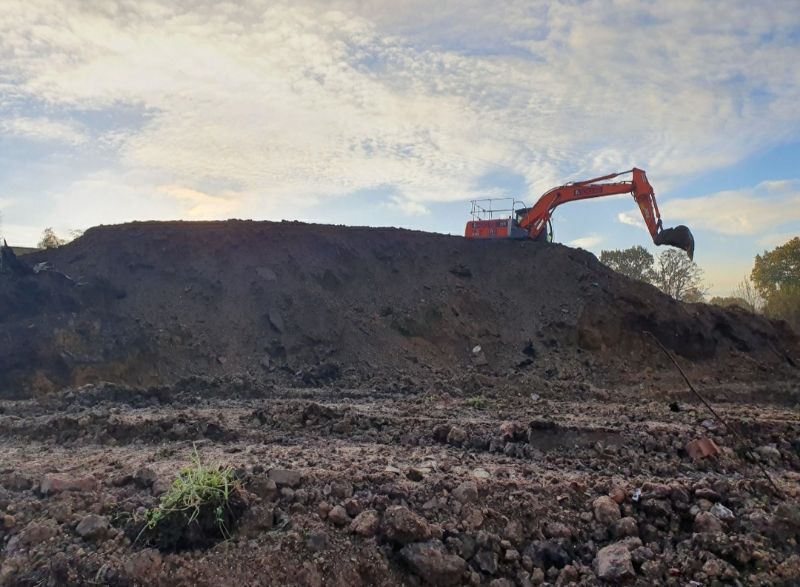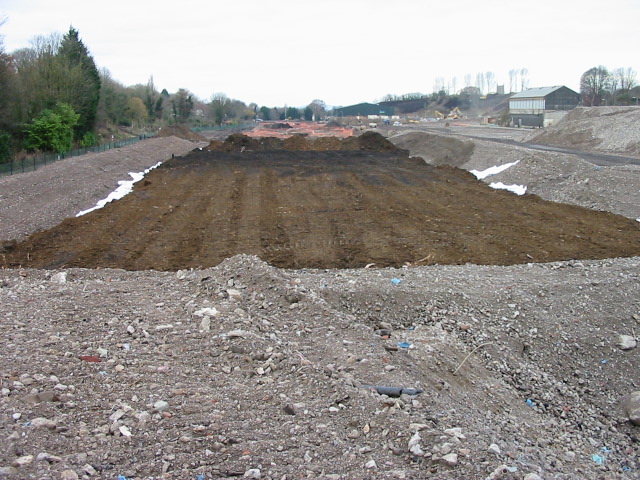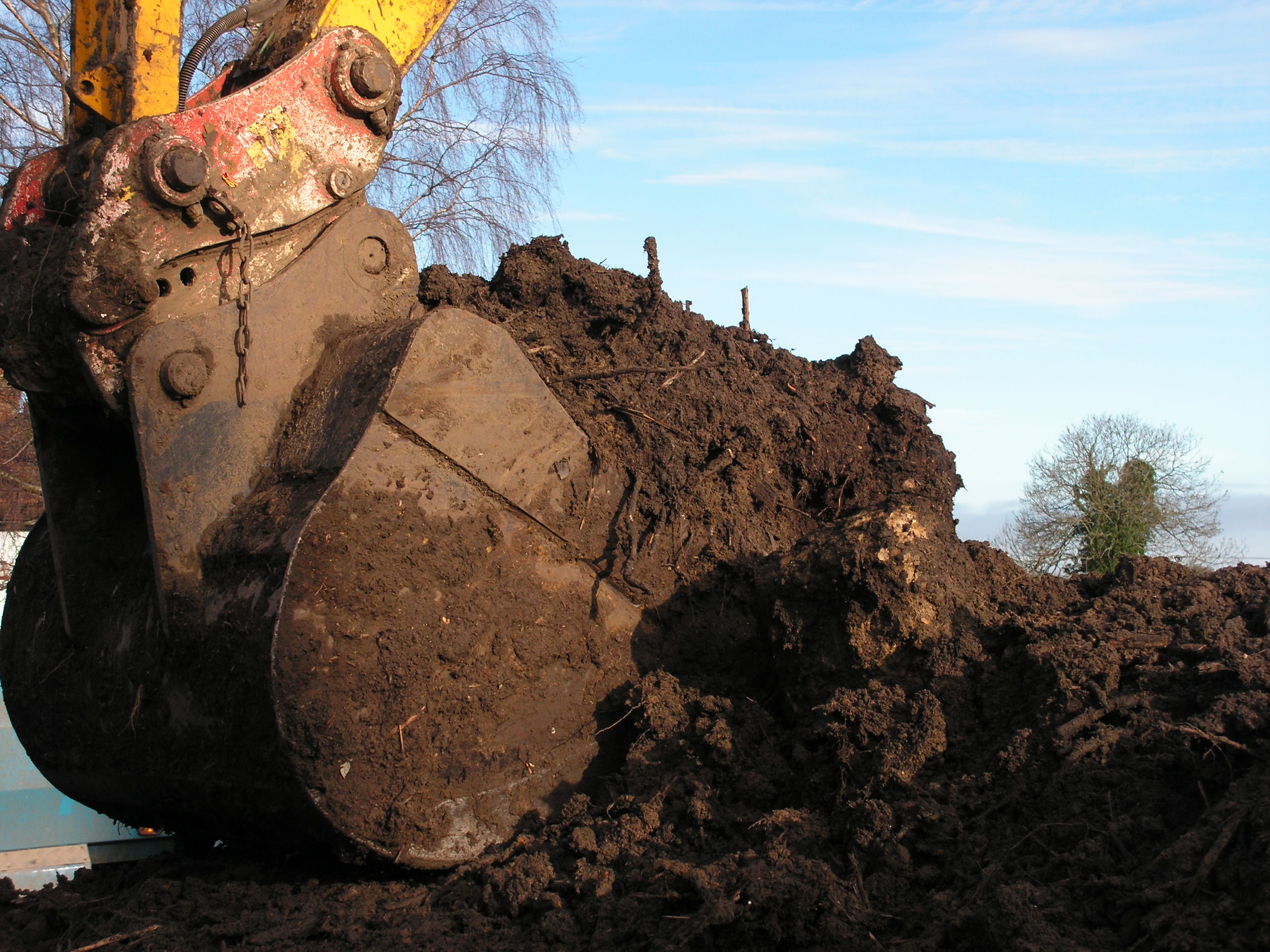WHAT IS ‘STOCKPILING’?
Stockpiling is a two-step method involving both excavation and herbicide treatment of knotweed infested soils – removing them to a carefully chosen ‘contained’ area. It’s most suitable for large construction sites.
Japanese knotweed infestations put construction projects on hold. When this happens a professional contractor is required to deal with the knotweed. There are several options including excavation. Stockpiling is a part of the ‘remediation’ process and is intended to contain the contaminated soils after they have being dug up.
When is stockpiling used?
We use this method when keeping knotweed onsite is a viable option and only in some circumstances depending on what the site is intended to be used for, as it can reduce the need for removing knotweed and soils to a licensed landfill site.
Stockpiling (or bunding) the excavated ground containing knotweed material means all soils containing rhizome materials are carefully placed in a segregated area onto a geo-tech membrane. The area should be away from watercourses, and on level ground. We then treat the stockpile with herbicide to halt active growth of knotweed in the soils.

What happens to the stockpile?
The stockpiled mound can be buried on-site in a controlled manner as long as its location is recorded to ensure the area is not disturbed or developed in the future. The stockpiled soils should not be used for landscaping or removed from the site.

When is stockpiling suitable?
This method is usually only practical on larger construction sites where a significant area of the site can be segregated for this use and requires the site to remain undisturbed for at least 18 months to two years.
So if these conditions fit, it could be the right option for you. Ask us for more details, it could save on project costs.


